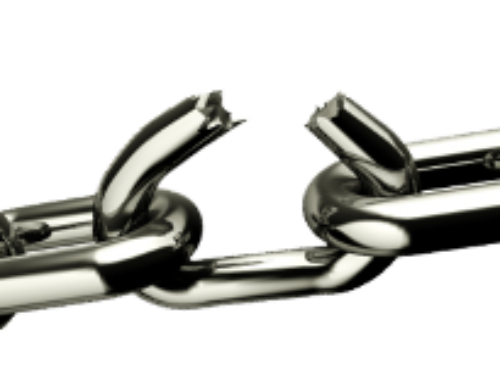What do Headers do?
Headers are intended to provide structure on a webpage. Typically, the most important items on a webpage are the largest and most obvious. H1 tags, or Header1 tags, are an HTML term used to indicate the most prominent text or image on a page. These are followed by other H tags, H2 through H6. These tags ordered from most important to least. These are not only important from an SEO perspective, they also make the page easy to read. An great analogy would be a newspaper. Important things, like the papers title or front-page feature, is the most obvious. Other article titles might be H2, then maybe a subtitle as H3, and then finally the article text which is usually handled with a ‘p’ or ‘paragraph’ tag. Google expects a webpage to be laid out with a series of headers that makes sense to the reader. Contact the New Jersey SEO Firm. for more information.

But, is it OK to have multiple H1 tags on a single page?
This is a contested topic among SEO professionals. Some will argue that it’s fine to include multiple H1 tags on a page, within reason. Others will insist that only one, the most important element, should exist. One thing that they agree on is that abusing H1 tags will definitely get a webpage penalized by Google and Bing. So creating multiple H1 tags on a page for the purpose of trying to improve ranking is definitely frowned upon. In 2009, Google made a statement that multiple H1 tags on a page are not a problem as long as kept within reason. For example, look at WordPress. It’s widely accepted to be a great web platform for SEO. Their default theme, Twenty Eleven, creates two H1 tags by default; one for the site title and one for the page or post title. That’s a pretty clear message that having two on the page is not a problem. Of course, just to throw things off, Bing recommends only one per page.
Should I use H1 tags on images?
Often well-ranking websites utilize these tags. Bing suggests that all H1 tags are text only. So, it doesn’t appear as if using H1 tags as part of images is a huge problem, but should be avoided when possible. If they truly appear to be a prominent part of the page then a Header1 tag may be a sensible approach. However, typically it’s preferred to leave H1 tags to the title of a page or post, and leave images without them. This is because the same image, whether it be a logo or other image is displayed on multiple pages. SEO specialists may want to use a unique H1 tag on every page from an SEO strategy perspective, and not repeat the same phrase multiple times. This is much easier to achieve by reserving the H1 tag for text. One could, however, choose to use two H1 tags on the page, one on the logo and one for the title. However, since the logo appears at the top of the page it would be evaluated first.
How much SEO benefit will I get from using Header tags?
Tags are proven to help gain positive search results and on-page search engine optimization. On-page SEO only goes so far. However, if your only means of promoting a website is organic, on-page SEO, then page layout and tags are the most important factors. In this scenario, designers would certainly want to take advantage of whatever tools are at their disposal.
What have we covered?
H1 tags are certainly important to the search engines. Of equal importance is that they make pages readable and accesible. They break a webpage down into sections that catch the eye. Also true is that Google and Bing both disapprove of abusing H1 tags on a page. So, while there appears to be no penalty for using two, it’s typically recommended to use only one. Using an H1 tag is a great way to focus the reader and the engines to a page’s purpose. These can also be kept different from the page title since this is also considered by Google (and the reader). Using this method, when Google and Bing evaluate a page, developers can create unique keyword phrases in both places and take advantage of as much on-page SEO as possible.



